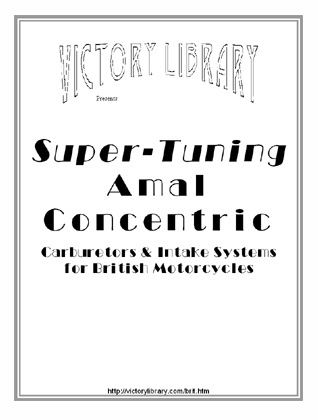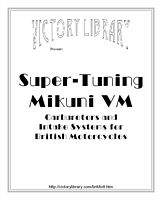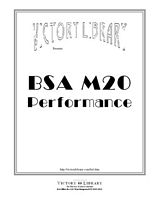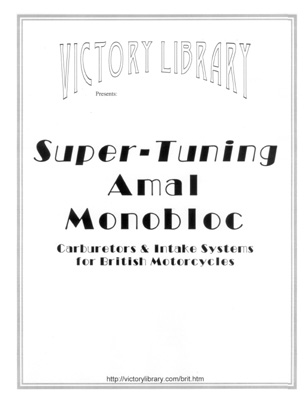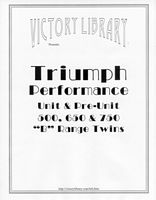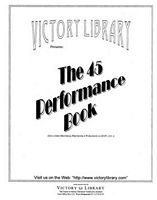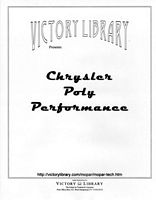
|
||||
 |
|
|
1955-58 Dodge 241, 259, 270, 315 & 325 poly motors can be converted to hemi by substitution of hemi parts using Dodge parts only. If the original pistons are used, the motor will run, but have lower compression since the poly piston does not have a compression dome. The crankshaft balance will also be affected, since the hemi pistons are heavier in most cases due to the dome. Heads should be selected from motors of the same or smaller bore size to prevent the chamber from overhanging the bore, but some choices may be available as to port size, valve size and chamber volume. Manifolds must match the deck height (low or raised). Hemi head bolts must be used. DeSoto Poly MotorsAlthough “wide-block”poly motors were used in lower-priced 1955-58 DeSoto models, they are Dodge engines based on the Dodge hemi motor. These and the 1955-56 Plymouths using these motors can be converted by using Dodge hemi parts as described above. There is no poly motor based on the DeSoto hemi series. Chrysler Poly Motors Chrysler 1955-58 Saratoga and Windsor 301, 331 & 354 poly motors are based on the Chrysler hemi motors, which are only distantly related to other brands. Poly “A” Motors There is no hemi motor based on the “A” series poly motor as used in Plymouths 1956-67 and some Dodges 1958-59, and no conversion by direct substitution is possible. The “A” poly motor is very similar in design to the earlier hemi-derived poly motors, but parts are not generally interchangable. Notes All 1951-57 Chrysler, DeSoto, Dodge and Plymouth V8 motors, regardless of family, size or type, have the distributor located in the rear of the engine. Only 1958-* “B” and “RB” type motors, both wedge and hemi, have front-mounted distributors. There is no commonality of parts or dimensions between the early (1951-58) motors and late (1964-*) hemi motors, which were developed by adapting hemi technology to the “RB” motors. The Table below contains “Maximum Compression Distance” data. This is not measured or taken from factory information, it is calculated on the basis of .000” deck height (with the piston's top surface flush with the cylinder bank head gasket surface) with the tallest possible theoretical piston (measured between the piston pin center and the top surface).
(Click here for the next page) | ||||||||||||||||||||||||||||||||||||||||||||||||||||||||||||||||||||||||||||||||||||||||||||||||||||||||||||||||||||||||||||||||||||||||||||||||||
See these other Victory Library booklets | |||||||||||||


